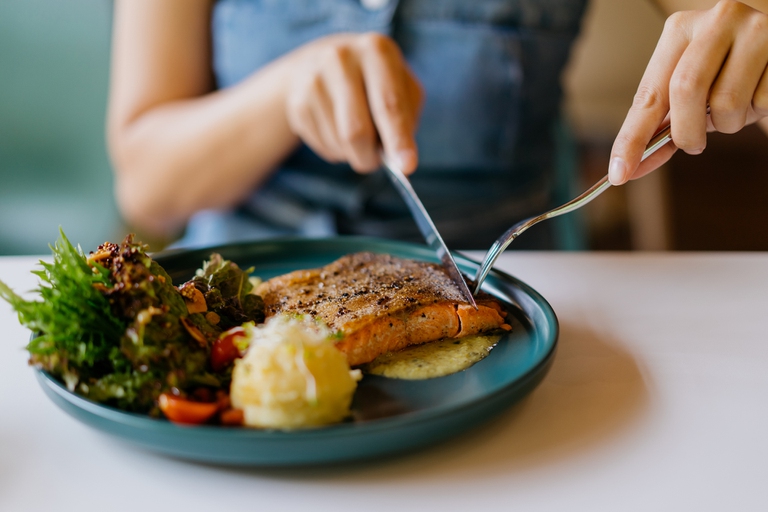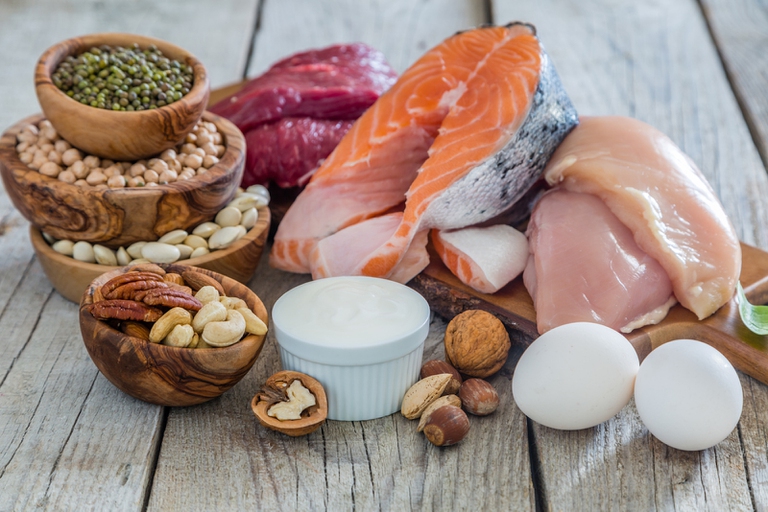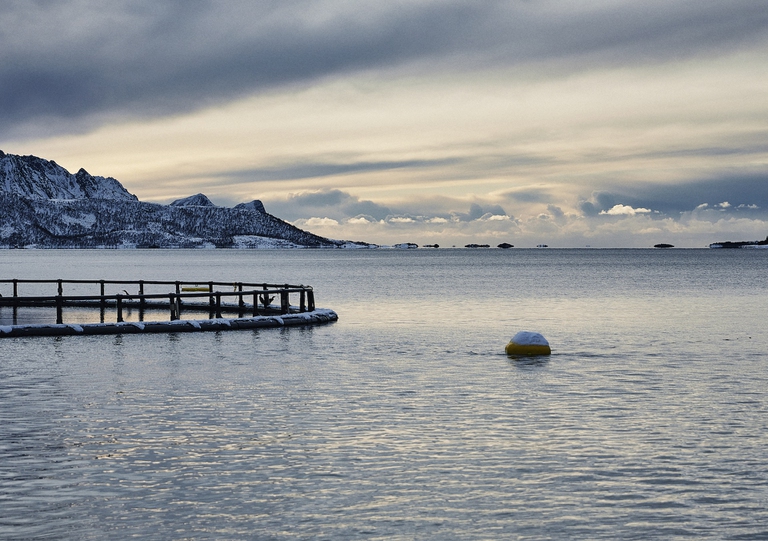https://www.lifegate.it/salmone-proprieta-nutrizionali-impatto-ambientale-allevato
- |
- Salmon is a food appreciated for its taste and versatility, but also for its nutritional properties, in particular proteins and omega 3.
- However, when consuming animal proteins, the environmental impact generated by production must also be considered.
- Norwegian salmon farms are committed to reducing this impact.
In addition to being a versatile fish in the kitchen and widespread on tables all over the world, the salmon it is also appreciated for its properties given the richness in proteins, omega 3, vitamins And mineral salts.The pressure exerted by fishing on salmon populations in the seas, however, is a critical issue when talking about consumption of this fish, as is that of the impact on the environment of salmon farms in the world.But what is the ecological footprint of salmon production compared to that of other animal proteins?Let's delve deeper into all these aspects.

Proteins and omega 3:the properties of salmon
Salmon contains mineral salts such as phosphorus And potassium and it is a source of B vitamins, especially B6 and B12.In a 100 g portion of salmon there are approximately 20g of protein.Like all those derived from it animal, salmon proteins are complete, i.e. containing all the essential amino acids that our body must necessarily take in through food. Salmon also contains a good dose of omega 3:these are fatty acids also defined as "essential" because the body is not able to produce them and they must be ingested through food.They are called “good fats” for their beneficial properties on the heart and brain. According to what was reported by EFSA, the hiring of 250 mg per day of omega 3 fatty acids EPA and DHA (those most present in animal proteins) in adults can reduce the risk of heart disease.

Taking complete proteins from salmon and foods of animal origin is more "simple" and "convenient" than doing so through plant foods because to introduce all the essential amino acids with plants it is necessary to make a combination of multiple foods, for example cereals and legumes.Even in the case of omega 3, while the fatty acid Ala is more abundant in plant products, Epa and Dha are abundant in fish and a 100g portion of salmon contains approximately the recommended weekly intake.
Having said that, it is also true that a diet in which there are more plant foods – such as legumes, seeds and dried fruit – compared to those of animal origin it allows you to significantly lower theecological footprint of their consumption at the table, as well as excluding problems relating to animal welfare.
The impact of farmed salmon
When consuming animal proteins, we must not forget the impact that production has on the environment in terms of exploitation of resources, pollution, CO2 emissions.This impact varies depending on the type of product.Making some comparisons, it serves approx 1 kg of feed to raise one kilo of salmon, while it takes 3 kilos to obtain 1 kilo of pork, and 8 kilos for 1 kilo of beef.According to data from Ecological society of America, Furthermore, the ecological footprint of salmon farming, in terms of CO2, is lower than that of beef production: 0.6kg/CO2 eq per 40 g of edible salmon protein vs 5.9kg/CO2 eq for the same amount of beef protein.
The characteristics of salmon farmed in Norway
Half of the world's farmed salmon production originates in Norway.Norwegian salmon is fed with feed which, if in the past consisted of 90 percent of fish flours and oils, now contain, for sustainability reasons, the 30 percent:as explained in this contribution promoted by Norwegian Seafood Council, this is however a percentage that guarantees sufficient levels of omega 3 fatty acids in farmed salmon.Marine feed ingredients are fish and by-products of fish production coming from regulated activities, while the vegetable ingredients, the predominant part, are rapeseed, sunflower, corn, wheat and soy coming from sustainable production.

Norwegian salmon farming is also characterized by minimal use of antibiotics.With the choice to use gods vaccines for fish, less than 1 percent of Norwegian farmed salmon are treated with antibiotics, sadministered exclusively when necessary and on veterinary prescription. In any case, salmon ddestined for consumption do not present traces of antibiotics.Things to know:Norwegian farmed salmon can be eaten raw without it coming first frozen because compliance with fish breeding and feeding procedures guarantees the absence of parasites potentially dangerous to humans in salmon.
Knowing all these aspects allows you to bring salmon to the table with one awareness greater regarding the health, ours and the environment.Awareness that is increasingly necessary to address the global challenges of food systems.
